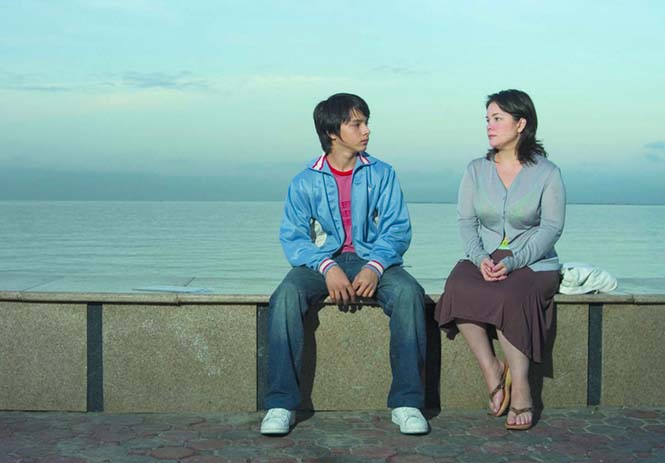With more weeks of lockdown announced we’re relying on domestic technology to help see us through.
Did you know that a number of successful full-length films have been shot using mobile phones? And, that some very well-known directors have created films using smartphones?
The first fever feature film to be filmed on a mobile phone was, Olive (2011) by Hooman Khalili it was made almost 10 years ago using a Nokia N8.
Mobile phones have come a long way in 10 years; with new technology, making a film is easier and more accessible than ever before.
Films such as Tangerine by Sean Baker or Unsane by Steven Soderbergh, (starring Claire Foy) were both shot entirely on iPhone, showing the scale and potential of this little everyday device. Meanwhile, Soderbergh’s recent NetFlix film High Flying Bird was made using an iPhone 8.
We caught up with Jesse Quinones, a London based film director, writer and producer who is also a lecturer at MetFilm School, Jesse’s new film Cagefighter – When Worlds Collide is out in May. He gave us his top five tips making a film using your phone during lockdown.
1. Story, story, story. At the end of the day, whether you’re making a film on a Red Camera, an Alexa, or an iPhone, ultimately you need to start with a story. Tell a story you care about, if you care about it others will too.
2. Work with the tools you have. Think of your lack of resources, restricted movements and abundance of time as positives, you have lots of time to be creative! Learn to make the best film you can using the tools you have.
3. Find great actors. There are so many amazing actors not acting right now. From professional actors who are furloughed to students, to amateur actors who tread the boards at your local community centre – use social media to take the time to find exactly who you need and how you can use technology (yours and theirs) to get the shots you need remotely whilst observing the lockdown rules.
What your film may lack in scale and budget it will make up for with powerful performances.
4. Preparation is key. Make sure you do your preparation, this includes things like shot lists, and rehearsal plan. Making films is one of the trickiest artistic endeavours and creating one during a viral epidemic is no mean feat. It requires the brain of a drill sergeant with the heart of a poet. The more organised you are the better you can focus on creating beautiful images and moving performances.
5. Shoot on your smartphone with the edit in mind. Get the coverage you need to edit your film together. One of the biggest mistakes I come across is lack of lack of coverage. And, make sure to get your inserts and transition shots. They will save your life.
Jesse teaches on the BA (Hons) Content, Media & Film Production delivered by ScreenSpace, a unique collaboration between MetFilm School and the University of West London.

























































































